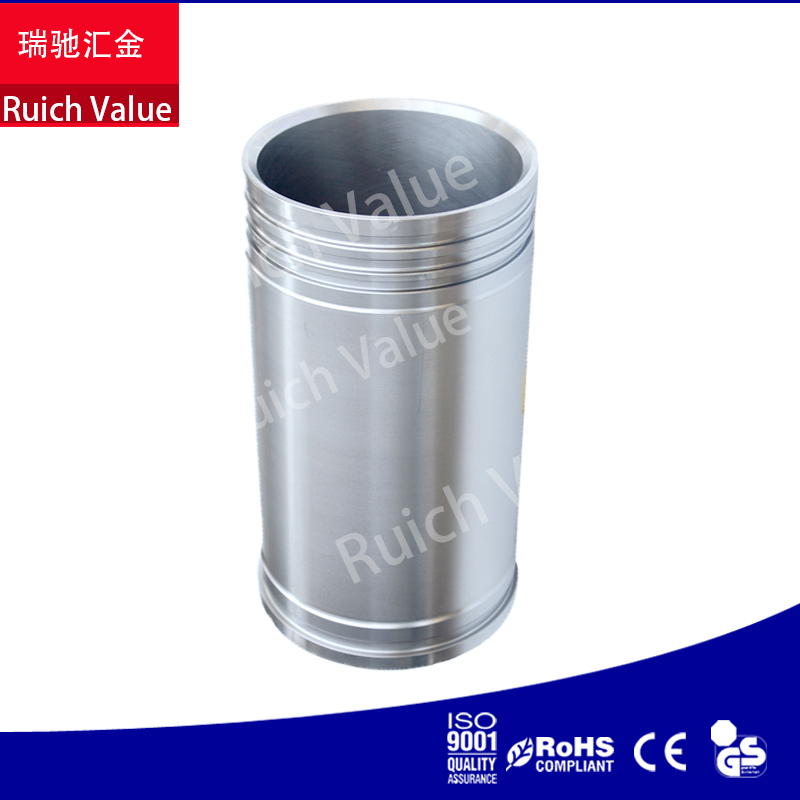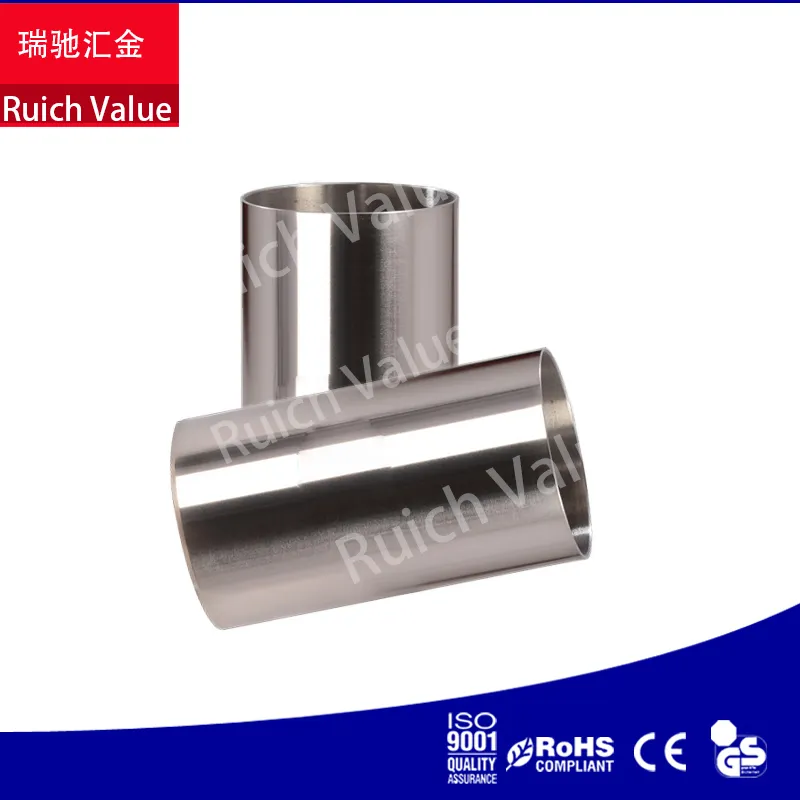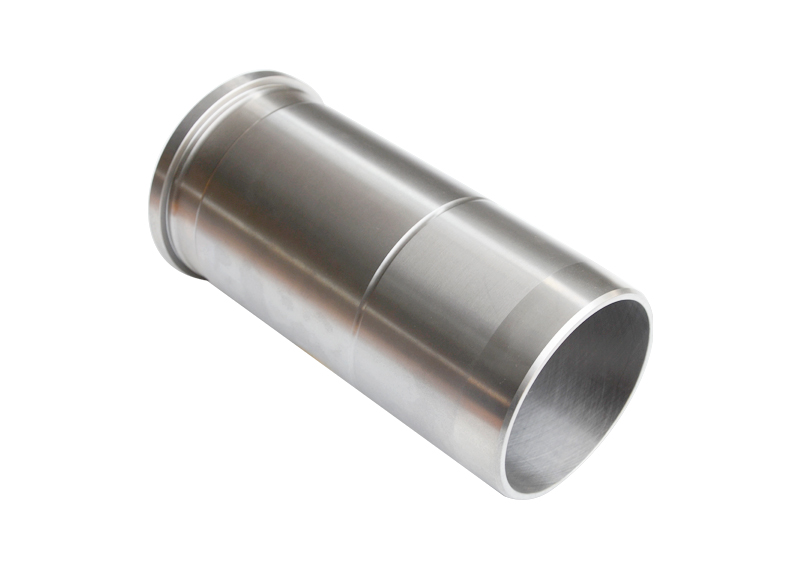Welcome to Ruich Value, your trusted partner for premium engine components. In this comprehensive guide, we’ll explore the world of cylinder liners, sleeves, and engine liners, providing you with the essential details you need to understand their specifications, advantages, materials, and types.

Table of Contents
- Section 1: Understanding Cylinder Liners and Sleeves
- Section 2: Advantages Beyond the Surface
- Section 3: The Science of Materials
- Section 4: Dry Liners vs. Wet Liners: A Comparison
- Section 5: Exploring Different Cylinder Liner Types
- Section 6: Real Success Stories
- Conclusion
- FAQ Section
Section 1: Understanding Cylinder Liners and Sleeves
To truly grasp the world of cylinder liners, sleeves, and engine liners, let’s delve into their specific parameters:
Cylinder Liner and Sleeve Specifications:
| Parameter | Value |
|---|---|
| Material | High-Quality Alloy Steel |
| Inner Diameter | 135.00 mm |
| Outer Diameter | 139.00 mm |
| Length | 254.00 mm |
| Weight | 6.60 kg |
| Compatibility | Various Engine Models |
These precise specifications ensure that cylinder liners, sleeves, and engine liners are tailored to fit seamlessly into your engine, delivering exceptional performance.
Section 2: Advantages Beyond the Surface
Cylinder liners, sleeves, and engine liners are more than just components; they’re assets to your engine. Here’s a glimpse of their remarkable advantages:
- Enhanced Engine Performance: Our cylinder liners, sleeves, and engine liners significantly boost engine efficiency, resulting in increased power and improved fuel economy.
- Unmatched Durability: Crafted from high-quality alloy steel, they offer exceptional durability, guaranteeing a long service life.
- Reduced Friction: The smooth surface of cylinder liners, sleeves, and engine liners minimizes friction, reducing wear and tear on engine components.
Discover how these advantages can transform your engine’s performance, delivering reliability and cost-effectiveness.
Section 3: The Science of Materials
Cylinder liners, sleeves, and engine liners are engineered to perfection, and their materials play a crucial role. Here’s an in-depth look:
Materials Used in Cylinder Liners:
| Material | Characteristics |
|---|---|
| High-Quality Alloy Steel | Exceptional wear and heat resistance, increased durability |
| Cast Iron | High heat resistance, moderate wear resistance |
| Precision Engineering | Meticulous engineering for precise dimensions |
| Heat Dissipation | Superior heat dissipation to prevent overheating |
These materials ensure that cylinder liners, sleeves, and engine liners meet the highest standards of quality and performance.
Section 4: Dry Liners vs. Wet Liners: A Comparison
Let’s compare dry liners and wet liners, including their characteristics and advantages:
| Feature | Dry Liners | Wet Liners |
|---|---|---|
| Coolant Jacket | No | Yes |
| Heat Dissipation | Efficient | Enhanced |
| Installation | Compact Design | Coolant Circulation |
| Engine Types | High-Performance | Versatile |
| Overheating Risk | Lower | Reduced |
Understanding the differences between dry liners and wet liners, including their impact on engine liners, helps you choose the right option for your engine.
Section 5: Exploring Different Cylinder Liner Types
Let’s explore the different types of cylinder liners, including engine liners:
| Cylinder Liner Type | Characteristics |
|---|---|
| Wet Liners | Feature a coolant jacket for efficient heat dissipation |
| Dry Liners | Compact design, ideal for high-performance engines |
| Flanged Liners | Designed with a flange for secure fitting |
| Nikasil Coated Liners | Utilize a nickel-silicon carbide coating for durability |
Each type offers unique benefits, catering to various engine needs.
Section 6: Real Success Stories
Let’s hear from our satisfied customers who have experienced the excellence of cylinder liners, sleeves, and engine liners firsthand:
- John’s Success Story: “As an auto parts dealer, I’ve seen the difference Ruich Value’s cylinder liners, sleeves, and engine liners make. My customers have reported improved engine performance and reduced maintenance costs, making our business more profitable.”
- Emily’s Testimonial: “I can’t emphasize enough how durable these liners, sleeves, and engine liners are. As a distributor, they’ve allowed me to provide reliable products to my clients, strengthening our long-term partnerships.”
- David’s Review: “Ruich Value’s cylinder liners, sleeves, and engine liners have become best-sellers for my wholesale business. Their quality and performance have earned the trust of my customers and boosted my sales.”
These real success stories highlight the tangible benefits that our products bring to auto parts dealers, distributors, and wholesalers.
Product Link: Ruich Value Cylinder Liners, Sleeves, and Engine Liners

Conclusion
In this guide, we’ve unveiled the excellence of cylinder liners, sleeves, and engine liners. With their precise specifications, remarkable advantages, and exceptional materials, they’re the ideal choice for enhancing your engine’s performance and longevity. At Ruich Value, we take pride in delivering top-quality products that meet the needs of our valued customers.
FAQ Section
How much does it cost to replace cylinder liners, sleeves, or engine liners?
Pricing may vary based on factors such as the supplier and specific model. For accurate pricing, please visit our website or contact our sales team.
What are the signs of a bad cylinder liner, sleeve, or engine liner?
Common signs include reduced engine performance, excessive smoke, and coolant/oil mixing. If you notice these issues, it’s advisable to inspect the cylinder liner, sleeve, or engine liner.
How to measure cylinder liner, sleeve, or engine liner wear?
Measuring wear requires precision tools. It’s best to consult your engine manual for detailed instructions or seek assistance from a professional mechanic.
What is the difference between dry and wet cylinder liners, sleeves, or engine liners?
Dry liners, sleeves, and engine liners fit tightly into the engine block, while wet liners have a coolant jacket around them. The choice depends on your engine’s design and requirements




